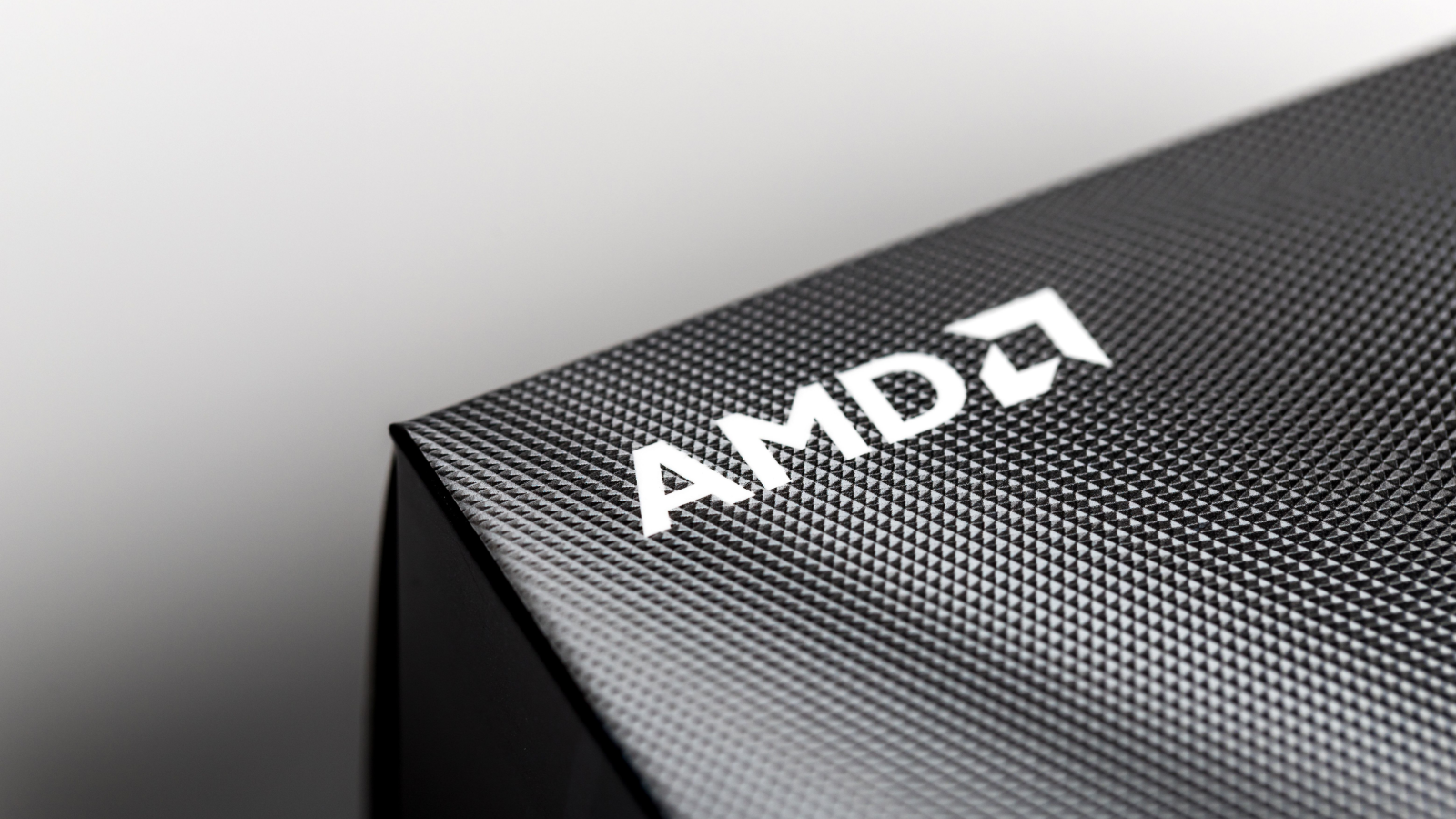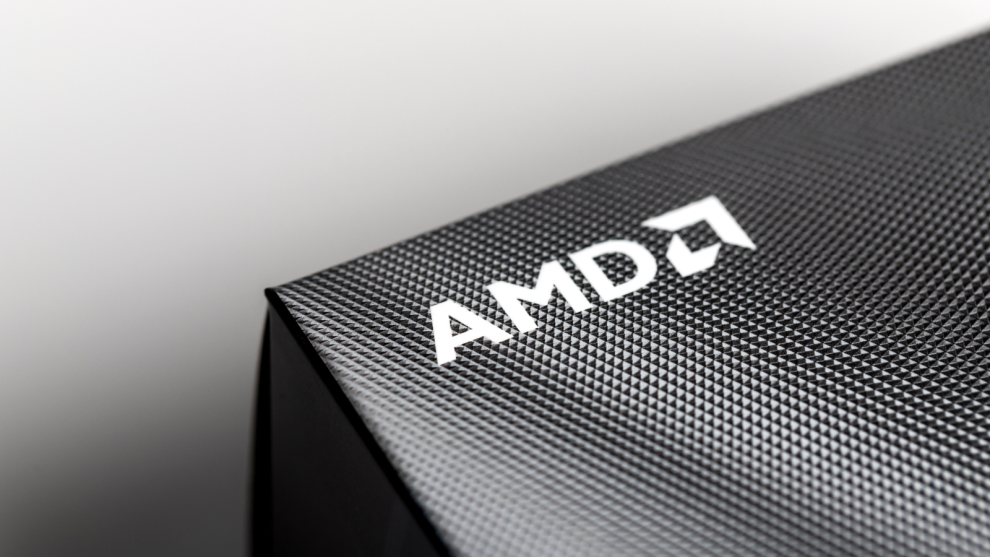
Hello, Reader.
On Thursday night during the Tesla Inc. (TSLA) “We, Robot” event, Elon Musk unveiled the long-awaited Cybercab. It’s a “robotaxi” with no steering wheel or pedals – no driver required.
He also – in the evening’s “one more thing” moment — surprised us with a driverless, windowless Cybervan.
And then there were the humanoid Optimus robots that walked out, danced, and interacted with the crowd at Warner Bros. Studios in Burbank, California.
All of it powered by the sort of artificial intelligence tech that we’ve been talking so much about over the past two years.
Here’s the thing: Musk and the Tesla team provided nearly zero details Thursday night about how, or even if, they can bring these products to market.
Investors were not impressed – and Tesla stock fell close to 10% at Friday’s opening.
But here’s another thing: The AI-powered robotics and autonomous vehicle revolutions will continue apace whether Tesla catches up with what’s out there already or not.
The Alphabet Inc. (GOOGL) self-driving unit, Waymo, is operating robotaxis in various California, Arizona, and Texas cities already. If you find yourself in, say, Phoenix and download the Waymo app, you can take a ride in a driverless car today… and at less than the cost of an Uber or Lyft ride.
Autonomous big rigs are coming to Texas (and elsewhere) in 2025.
And if you’ve got laparoscopic surgery coming up on your calendar, chances are good that one of your surgeon’s assistants will be an AI-powered robot.
For example, surgeons at Utah Valley Hospital in Provo are working with a third-generation robotic surgery system called “da Vinci,” which helps make the process of laparoscopic surgery – a procedure that treats the abdomen or pelvis – more efficient.
What sets da Vinci apart is its advanced laparoscopic instruments, which offer greater precision and range of motion compared to traditional surgical tools. The robotic helper also provides three-dimensional images, giving surgeons a more accurate view of what’s in front of them.
“By using the available technology, I’m a better surgeon,” Dr. Richard Rassmussen, a Utah Valley surgeon, attests.
With these nine words, Rassmussen captures the positive impact the AI-powered automation revolution is having on the healthcare industry right now: Instead of replacing human expertise, these machines are enhancing it.
AI and automation in healthcare is a megatrend I’ve been keeping a close eye on for a while now. And the chances of profiting from it are multiplying rapidly.
In fact, CPU developer Advanced Micro Devices Inc. (AMD) is helping to spearhead the integration of these surgical systems in operating rooms… in addition to many other AI applications.
So, in today’s Smart Money, I’ll share what this company is up to in the space… and highlight several other promising investment opportunities in this groundbreaking sector.
Then, I’ll also share a new way to play the AI boom.
Tomorrow’s Operating Rooms
Subhankar Bhattacharya, lead for healthcare sciences at AMD, recently told The Robot Report that the company has “a wide portfolio of processors… used in industrial automation, automotive, gaming, servers and data centers, and increasingly healthcare.”
Since AMD’s acquisition of Xilinx in 2022, AMD has expanded its capabilities in high-performance computing for robotic surgery.
The company’s Xilinx unit – in collaboration with Intuitive Surgical Inc. (ISRG) – designed the second-generation da Vinci system. According to the National Library of Medicine, more than 7,500 da Vinci systems across 69 countries were in use last year. So, through its robotics efforts, AMD is part of the reason that surgeons like Dr. Rassmussen consider themselves better in the operating room.
Additionally, the Covid-19 pandemic has been a significant catalyst for robotic surgeries, accelerating trends in AI-driven point-of-care (PoC), remote patient monitoring, and telemedicine. The U.S. Food and Drug Administration (FDA) also favors AI as a way for improving productivity and minimizing risk.
Robotic surgery systems are expensive to purchase, operate, and maintain, but AMD believes that its cost-optimized technologies can help control those expenses. While “medical imaging has been AMD’s strength,” says Bhattacharya, “in robotics, we’re the market leader.”
According to Grand View Research, the AI-based surgical robot market will grow at a compound annual growth rate of 16.2% from 2024 to 2032, reaching a value of $25 billion by 2032. That’s up from $5.7 billion in 2023.
Of course, AMD is not the only company making an impact in this rapidly growing market. Another key player revolutionizing robotic surgery is one of our holdings in my Fry’s Investment Report portfolio.
This company stands out as a leading innovator and competitor in the musculoskeletal healthcare industry, specializing in joint replacements. They have established a line of surgical robot systems to guide orthopedists through operations on most major joints of the human body.
One of the company’s robot systems, for example, provides physical guidance and data-driven insights to help surgeons complete direct anterior hip replacements, a minimally invasive approach to total replacement procedures.
With plans to launch at least 40 new products by the end of 2025, the company is also developing new AI capabilities for its orthopedic surgery hardware.
To learn more about this promising tech company and gain access to more of my picks in this rapidly evolving megatrend, click here to find out how to join me at Fry’s Investment Report.
Get Ready for a Massive Reset
There’s no question that AI is reshaping the job market and the economy – sometimes in subtle ways, and sometimes in remarkable ones. In healthcare, this transformation is particularly evident.
Dr. Rassmussen’s work captures the positive impact the AI Revolution. However, AI will also have a dark side. It will result in massive job losses in many professions. Goldman Sachs estimates that 300 million people worldwide could see their jobs disappear or diminish due to AI.
That’s why my InvestorPlace colleague Louis Navellier is closely monitoring these challenging developments and wants to prepare you for what’s coming next.
Louis predicts that in a short time from now, today’s bull market will undergo a massive “reset.” This shift could cause unexpected stocks to soar hundreds of percent this year, while others could either suffer a nasty correction or spend the rest of 2024 going nowhere.
The good news is that this reset presents a new way to play the AI boom. You see, there is enormous opportunity for companies that can adapt to the AI Revolution.
Regards,
Eric Fry




